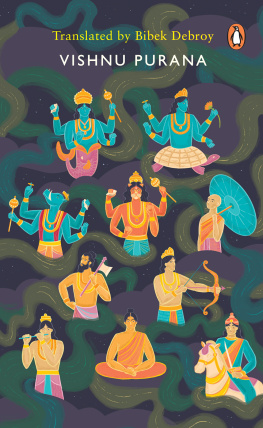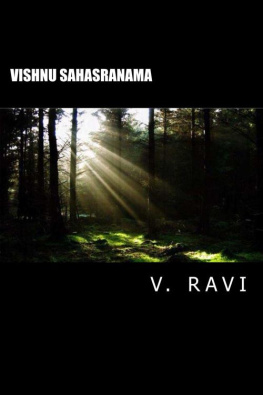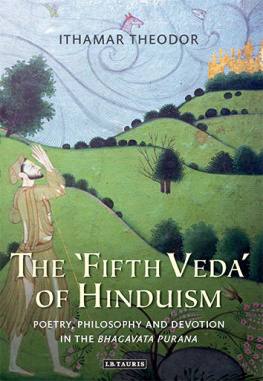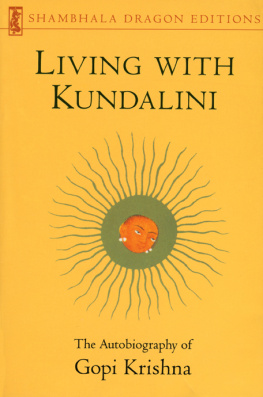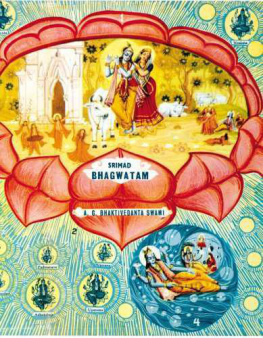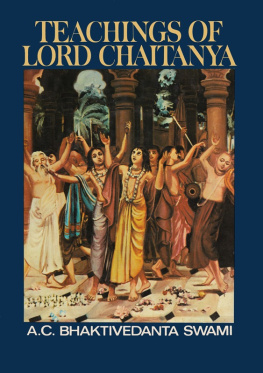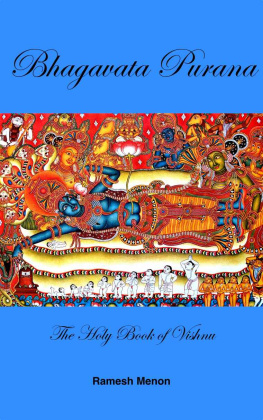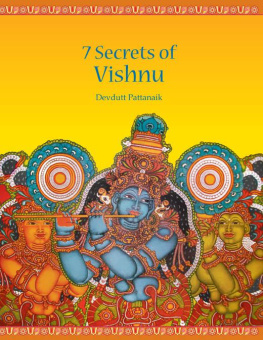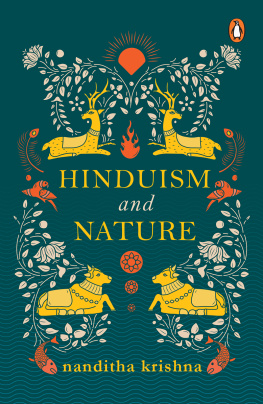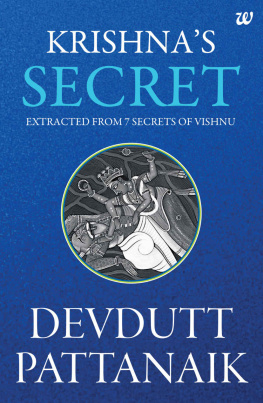Ka:
Lord or Avatra?
The relationship between
Ka and Viu
Routledge Studies in Asian Religion
Series Editor: Sue Hamilton, King's College, London
Editorial Advisory Board:
Nick Allen, University of Oxford
Catherine Despeux, INALCO, Paris
Chris Minkowski, Cornell University
Fabio Rambelli, Williams College, Massachusetts
Andrew Rippin, University of Victoria
Routledge publishes a Series specifically devoted to Asian Religion, considered from a variety of perspectives: those of theology, philosophy, anthropology, sociology, history, politics and literature. The primary objects of study will be all the religious traditions of the Indian sub-continent, Tibet, China, Japan, South-East Asia, Central Asia, and the Near and Middle East.
The methodology used in the works published in the Series is either comparative or one focused on (a feature of) a specific tradition. The level of readership ranges from undergraduates to specialist scholars. The type of book varies from the introductory textbook to the scholarly monograph.
Tradition and Liberation
The Hindu Tradition in the Indian Women's Movement Catherine A. Robinson
Shinto in History
Ways of the Kami John Breen and Mark Teeuwen
Beyond Personal Identity
Dgen, Nishida, and a Phenomenology of No-Self Gereon Kopf
Ka: Lord or Avatra?
The relationship between Ka and Viu Freda Matchett
Proposals or scripts for the Series will he welcomed by the Series Editor or by Jonathan Price, Chief Editor, Curzon Press.
Ka:
Lord or Avatra?
The relationship between
Ka and Viu
in the context of the avatar myth as presented by
the Harivaa, the Viupura and the Bhgavatapura
Freda Matchett
First Published in 2001
by Routledge
2 Park Square, Milton Park, Abingdon, Oxon, OX14 4RN
270 Madison Ave, New York NY 10016
Transferred to Digital Printing 2008
2001 Freda Matchett
Typeset in Horley Old Style by LaserScript Ltd, Mitcham, Surrey
All rights reserved. No part of this book may be reprinted or reproduced or utilised in any form or by any electronic, mechanical, or other means, now known or hereafter invented, including photocopying and recording, or in any information storage or retrieval system, without permission in writing from the publishers.
British Library Cataloguing in Publication Data
A catalogue record of this book is available from the British Library
Library of Congress Cataloguing in Publication Data
A catalogue record for this book has been requested
ISBN 0-7007-1281-X
Publisher's Note
The publisher has gone to great lengths to ensure the quality of this reprint but points out that some imperfections in the original may be apparent
To the memory of my parents
ALICE ROSETTA and WILLIAM MATCHETT
Acknowledgements
This book is based on my doctoral thesis, The Avatra Myth in the Harivaa, the Vi upura and the Bhgavatapura, submitted to Lancaster University in 1990. It has therefore a long history, during which many friends and colleagues have helped me in various ways. Above all, I thank David Smith for his supervision of the original thesis and for his patience and generosity in giving me so much time during the early stages of my learning Sanskrit. I am also particularly indebted to Nick Sutton and Lynn Thomas for sharing with me their knowledge of the Mahbhrata. My thanks are due to all those who have read and commented on parts or all of this work at various stages in its development: Imelda Alldis, Greg Bailey, Pat Gardner, Catherine Robinson, Steven Rosen, Emma Tomalin, the late Janet Tucker, and Tony Turner. Others who have helped with comments, criticism or encouragement are Brian Bocking, John Brockington, John Clayton, Gavin Flood, Paul Morris, Anne Hunt Overzee and Christabel Owens.
To the Hockerill Educational Foundation I am grateful for grants which covered my first three years of research and a three-month stay in India in 1982. I thank also those from whom I learned during that stay, especially Giorgio Bonazzoli, M.V. Nalini, the late V.W. Paranjpe and the late A.D. Updhyya.
Magda Deforest's help with the translation of Hacker's Zur Entwicklung der Avatralehre was invaluable, and Annik Taylor has also assisted me by checking my translations of German passages. Anne Dalton has given me help and advice in the final stages of preparing my typescript. Finally, I am grateful to my sister Grace Matchett and the late Eric Jones for the encouragement which they gave me at the beginning of the whole enterprise by their gift of Monier-Williams' Sanskrit-English Dictionary.
Chapter One
Ka, Viu and
the avatra myth
Believers in God, whatever their religious affiliation, find themselves trying to reconcile two apparently opposing needs. On the one hand the object of their worship must be beyond human comprehension, supreme over the universe which he/she creates, sustains and encompasses, and on the other hand they need a God whose love and care are accessible to the humblest worshipper. Sometimes the attempt to satisfy these needs has taken the form of postulating a transcendent Supreme God who manifests him/herself in an accessible form or a variety of such forms. Within Hindu theism, or more precisely within Vaiavism, these needs were factors in the rise of the avatra doctrine, the idea that the Supreme God, the Lord of the world, descended from time to time into his own world to help its inhabitants.
The best-known of these descents is Ka. The Vaiava tradition oscillates between two different ways of seeing him. Besides being the eighth in one version of the standard list of the Supreme God Viu's ten avatras, In the case of Viu and Ka, it is not easy to see whether there are two contenders for this slot or whether Ka is to be subordinated to Viu as one among several of the latter's manifestations.
This book sets out to explore the relationship between Viu and Ka in the context of the avatra myth as it is presented in three major Vaiava texts of the first millennium CE: the Harivaa, the Viupura and the Bhgavatapura. The context of the avatra myth would appear to foreclose the question of Ka's status. If he is one of the subordinate manifestations of Viu, the claims of those who see him as God in his own right can surely be dismissed as poetic hyperbole rather than taken seriously as theological assertions. Yet the avatra myth may be used in such a way as to affirm Ka's supremacy rather than to deny it, so that Ka's status in these three texts is not the foregone conclusion that it might seem.
None of these texts has ever been regarded, or ought to be regarded, as a piece of systematic theology. All three deal in narrative, poetry and myth, not in doctrine and argument. Yet they use narrative, poetry and myth in such a way as to set up tensions and balances between the figures of Ka and Viu, weaving together the same themes in different ways. The Harivaa sets Ka's life into the overall context of the Mahbhrata


